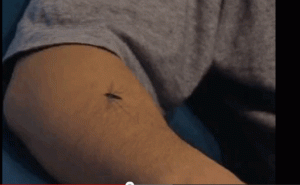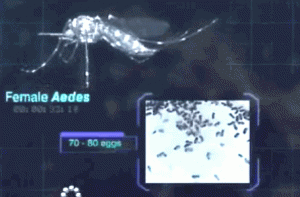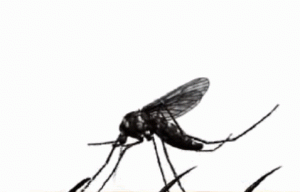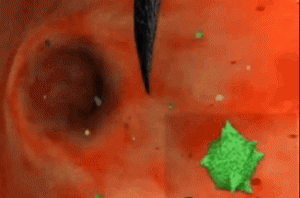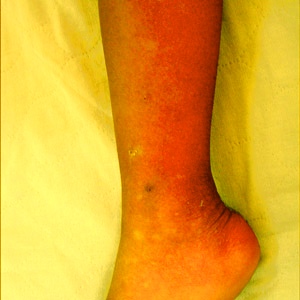What is dengue fever? This is a disease coming from a virus family spread by mosquitoes. This is a critical illness with a rapid onset that normally trails a nonthreatening course with symptoms. The existence of what is called the “dengue triad” consists of rash, headache as well as fever.
There is also dengue hemorrhagic fever or DHF which is a specific syndrome tending to affect children who are under 10 years of age. This type of dengue fever causes hemorrhage, abdominal pain as well as circulatory collapse or shock. DHF is also known as Philippine, Southeast Asian, or Thai hemorrhagic fever and dengue shock syndrome.
Dengue Fever Symptoms
After the bite of a mosquito that carries this virus, the period of incubation ranges from 3 to fifteen days prior to the symptoms and signs appearing. Dengue begins with:
• Chills
• Pain on moving eyes
• Headache
• Lower backache
• Aching in legs
• Aching in joints
• Temperature rises to as high as 104 F
• Low heart rate
• Low blood pressure
• Eyes redden
• Pale or flushing pink rash covers face
• Lymph nodes in the groin or neck are swollen
Fever as well as other signs of this illness last for 2 to 4 days, trailed by a drop in body temperature which is rapid – known as defervescence – with sweating that is profuse. This heralds a period with temperature that is normal as well as a sense of being well that lasts for only a day. Then there is a 2nd rapid rise in temperature. A distinctive rash appears with this fever as well as spreading from the extremities to covering the total body except for the face. The soles as well as palms may be swollen as well as bright red.
Dengue hemorrhagic fever or DHF begins abruptly with continuous high fever and headache. There are also intestinal as well as respiratory symptoms which include:
• Sore throat
• Nausea
• Cough
• Vomiting
• Abdominal pain
Shock normally occurs 2 to 6 days after the beginning of symptoms with:
• Sudden collapse
• Trunk is warm
• Cool, clammy extremities
• Weak pulse
• Blueness around mouth
With this type of dengue fever there will be bleeding with bruising, spots of blood in the skin, spitting up blood, bleeding gums, blood in the stools and nosebleeds. Pneumonia is quite common as well as inflammation of the heart.
Dengue Fever Treatment
Since dengue fever is caused by a virus, there is no medicine or antibiotic to treat it. For typical dengue, the treatment is concerned purely with relieving the symptoms. Rest as well as fluid intake for adequate hydration is necessary. Aspirin as well as non-steroid anti-inflammatory drugs should be taken only under the supervision of a doctor. Tylenol and codeine might be given for headache pain, as well as joint and muscle pain.
Those patients with Dengue hemorrhagic fever need to be monitored very diligently for the first several days because shock could transpire or relapse – dengue shock syndrome. Cyanotic patients will need oxygen. Vascular collapse or shock needs immediate replacement of fluid. Blood transfusion might be needed in order to manage bleeding.
The death frequency with dengue hemorrhagic fever is substantial – ranging from 6 to 30 percent. Most of these deaths happen in children with infants under one at especially high risk of dying from Dengue hemorrhagic fever.
Read about other mosquito bites treatment
